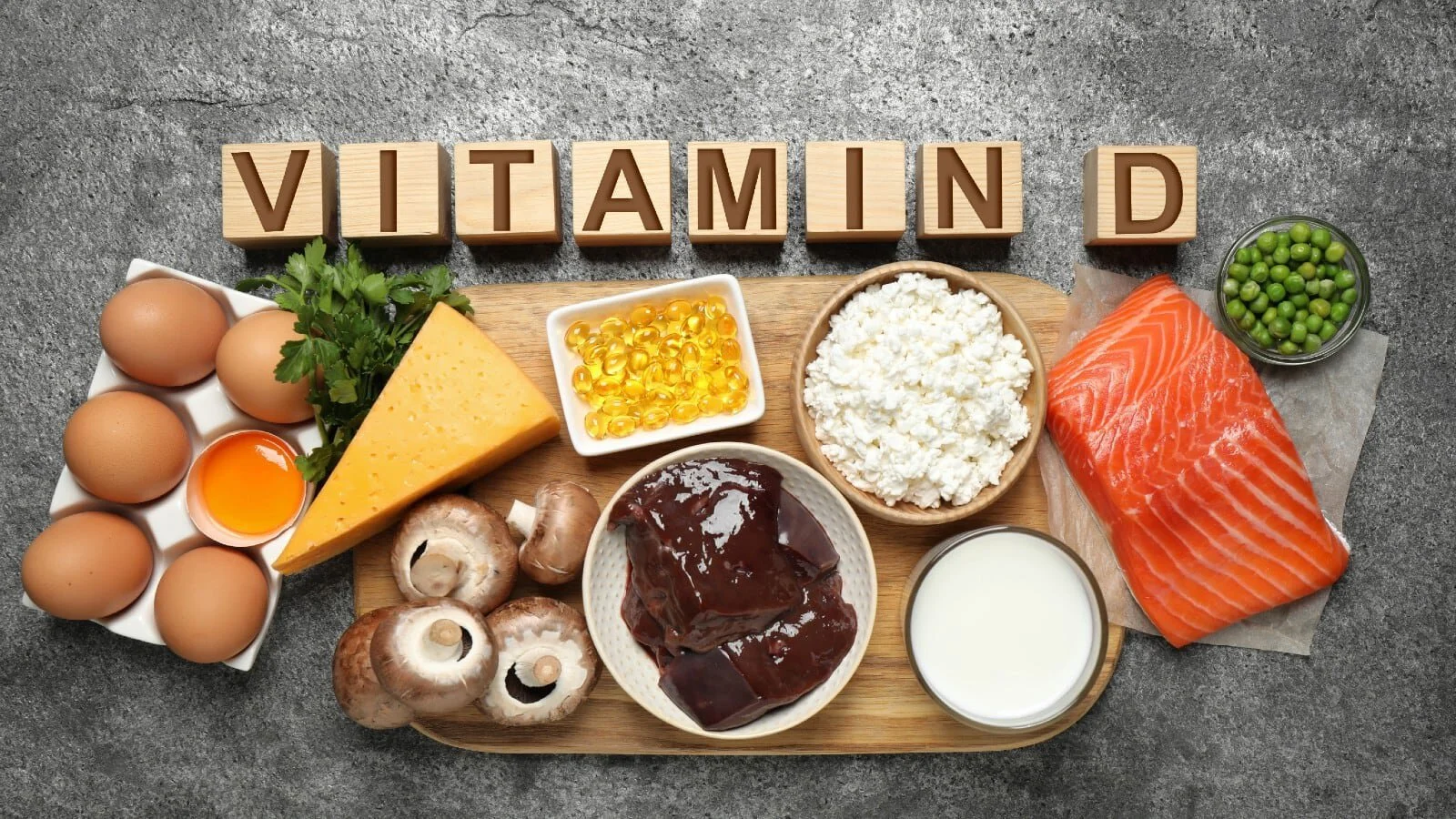Vitamin D: What You Need to Know
Part 2
Why is there a deficiency in the body?
We continue the conversation about vitamin D and will explore why many are facing its deficiency. People regularly take vitamins and monitor their diet. However, the body still does not receive it in the necessary amounts. You can find extensive analysis of the global and regional prevalence of vitamin D deficiency based on studies involving more than 7.9 million participants from 81 countries from 2000 to 2022. The study found that globally 15.7% of participants had levels of 25-hydroxyvitamin D below 30 nmol/L, 47.9% below 50 nmol/L, and 76.6% below 75 nmol/L. These data highlight the ongoing high prevalence of vitamin D deficiency.
Thus, it is very important to understand how vitamin D interacts with our body and what factors can block its absorption.
Our body requires about 1200 international units of vitamin D each day, but this figure can vary depending on the level of stress and health condition.
Vitamin D is present in various foods :
- Fatty fish : such as salmon, herring, mackerel, and tuna.
- Cod liver oil : one of the best sources of vitamin D.
- Dairy products : especially vitamin D-fortified milk and yogurt.
- Mushrooms : some types, especially if they have been exposed to ultraviolet light.
- Egg yolks : contain natural amounts of vitamin D.
Fruits and vegetables generally contain small amounts of vitamin D.
These products help maintain an adequate level of vitamin D in the body, especially in conditions of insufficient sunlight, but with good gastrointestinal tract function. A simple set of products can be consumed by everyone. Also, most people get it from sunlight, which activates the production of vitamin D in the body through chemical processes in the skin, liver, and kidneys.
About the role of vitamin D, you can read in my previous article. Now I will add that vitamin D supports bone health and strengthens the immune system. It is transformed into a steroid in the body and acts as a hormone.
Vitamin D has a synergistic vitamin known as vitamin F. They interact in such a way that when one function increases, the other decreases. Vitamin F is found in products such as:
-Safflower oil
-Flaxseed oil
-Walnut and walnut oil
-Sunflower oil
-Pumpkin seed oil or the seeds themselves
Vitamin D is responsible for absorbing calcium from food into the blood, and vitamin F transfers calcium from the blood to the tissues, preventing skin problems and inflammation.
Essentially, vitamin F consists of two important fatty acids: alpha-linolenic acid (ALA) and linoleic acid (LA). These acids are necessary for normal body functioning and play an important role in maintaining heart health, brain development, skin health, and reducing inflammation.
Causes of vitamin D deficiency:
- Less time in the sun, the use of sunscreen, diets low in cholesterol/healthy fats.
-The impact of cortisol. Cortisol is a stress hormone that competes for receptors with vitamin D, blocking its absorption. High cortisol levels are associated with stress situations, leading to reduced absorption of vitamin D.
- Problems in the gastrointestinal tract, the presence of parasites in the intestine
It is vitally necessary to ensure adequate intake of fatty acids and bile salts for the absorption of vitamins D and F, as well as to monitor the balance of nutrition and stress levels.
Love everyone. To be continued…
